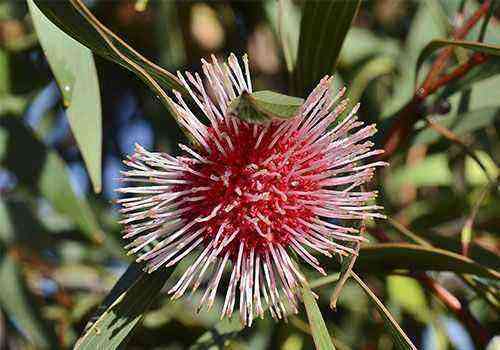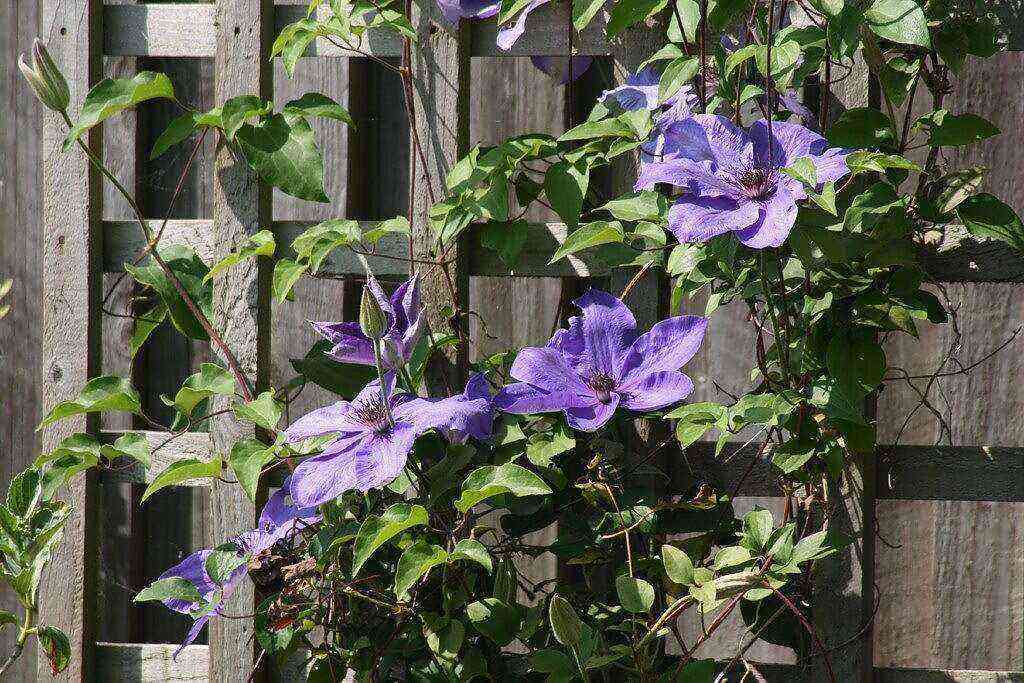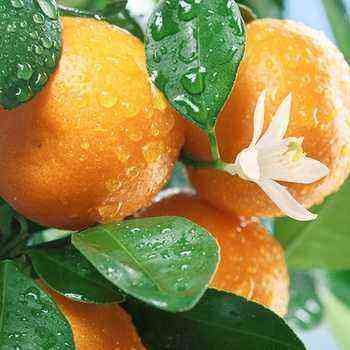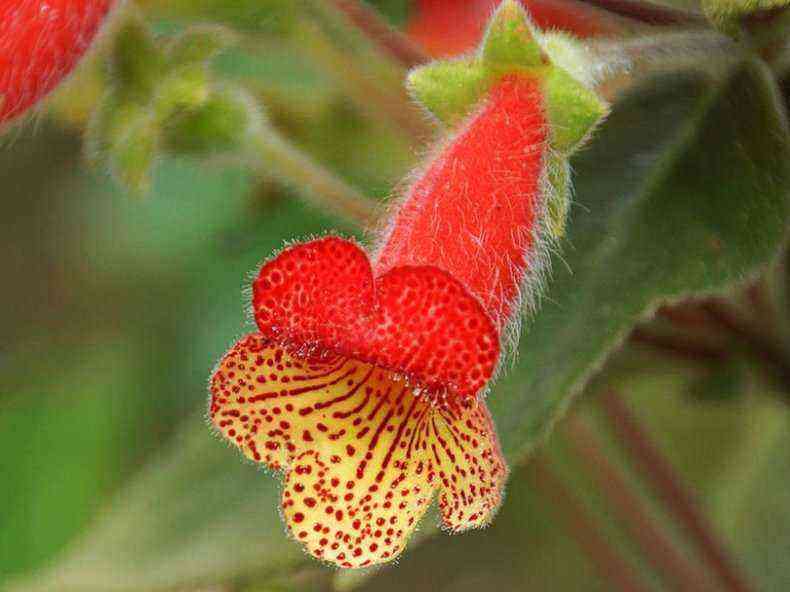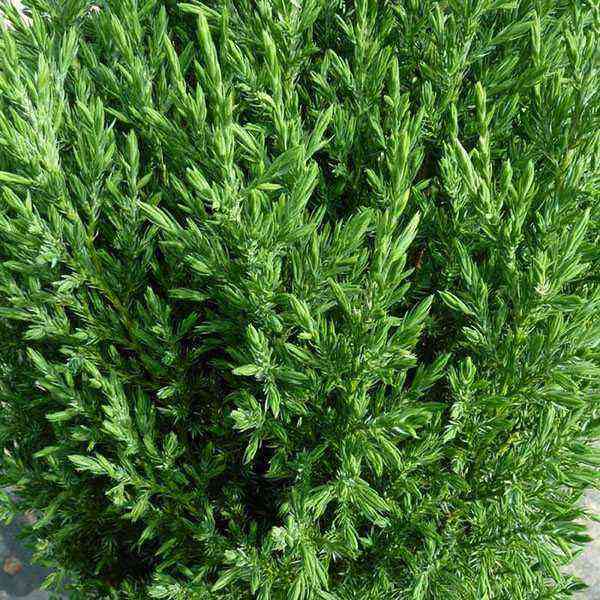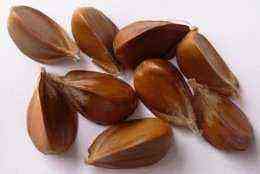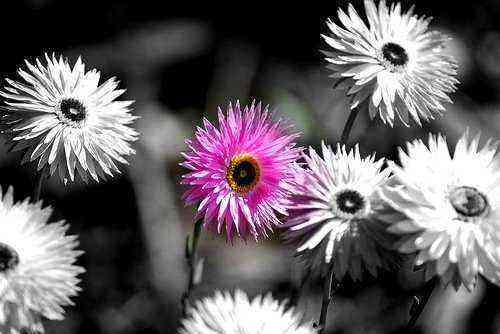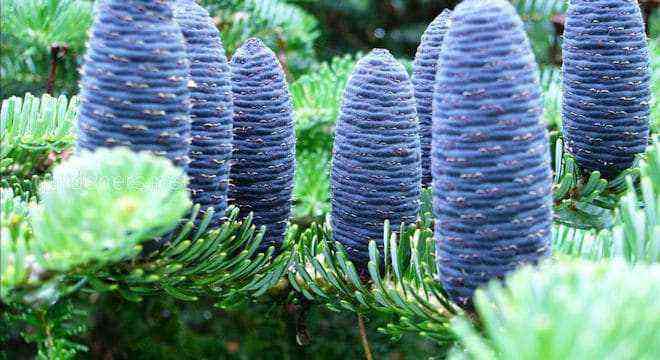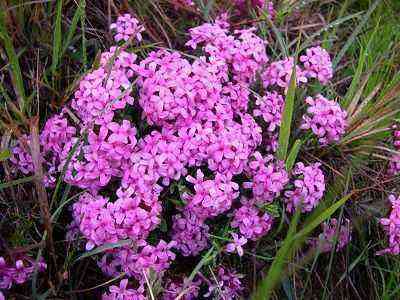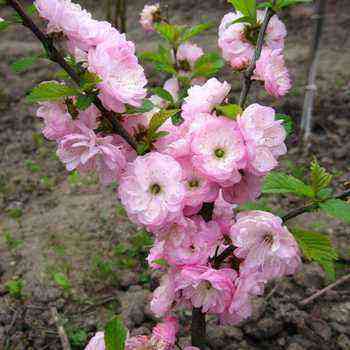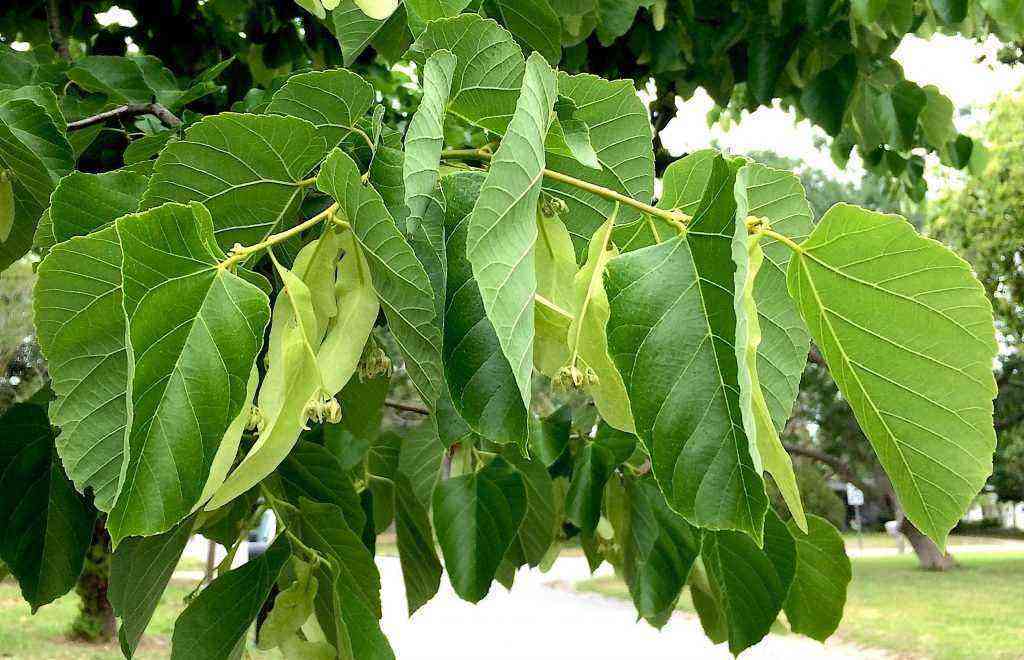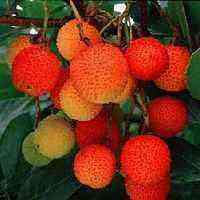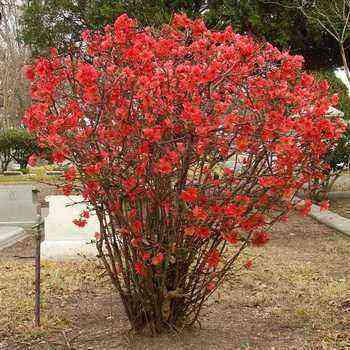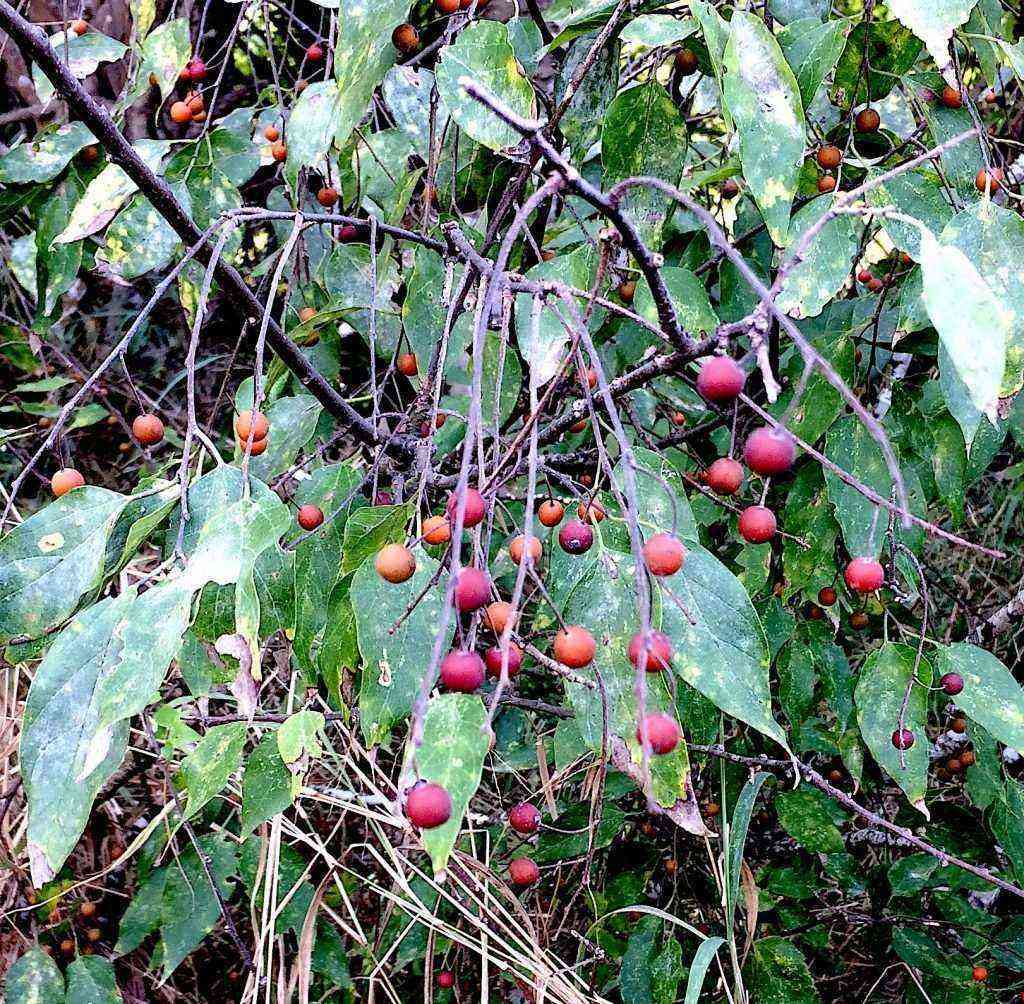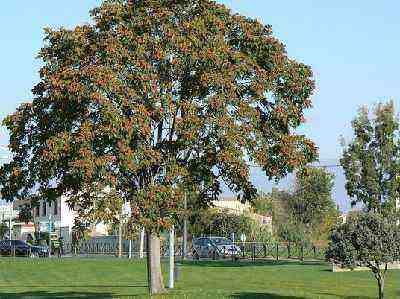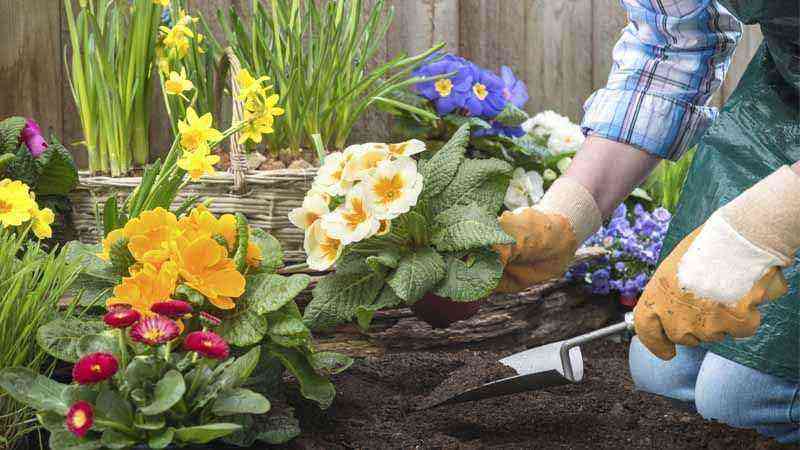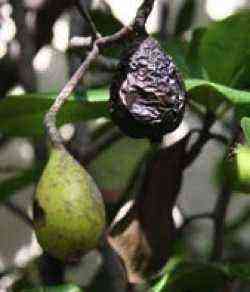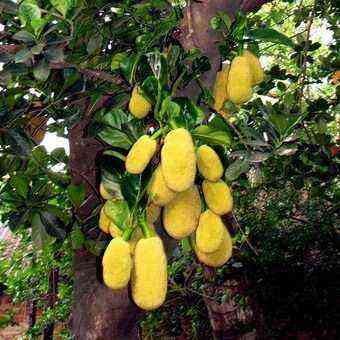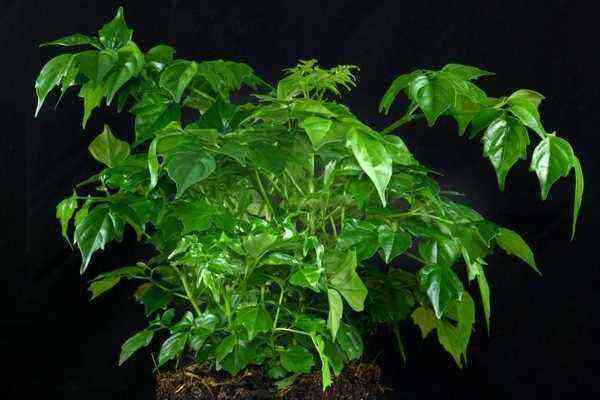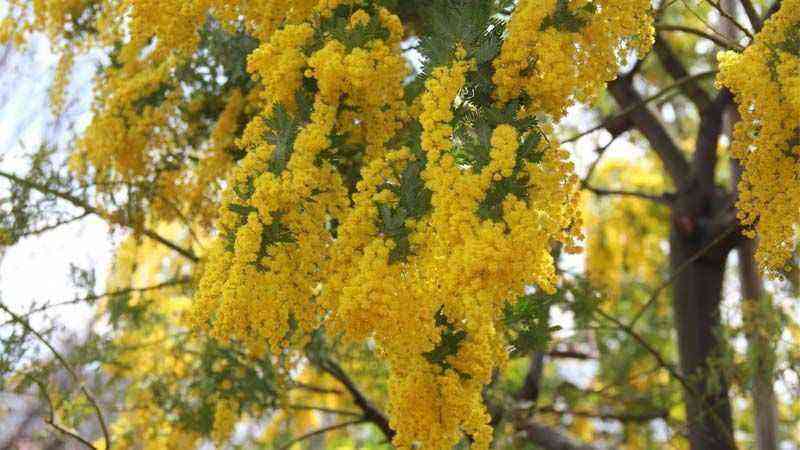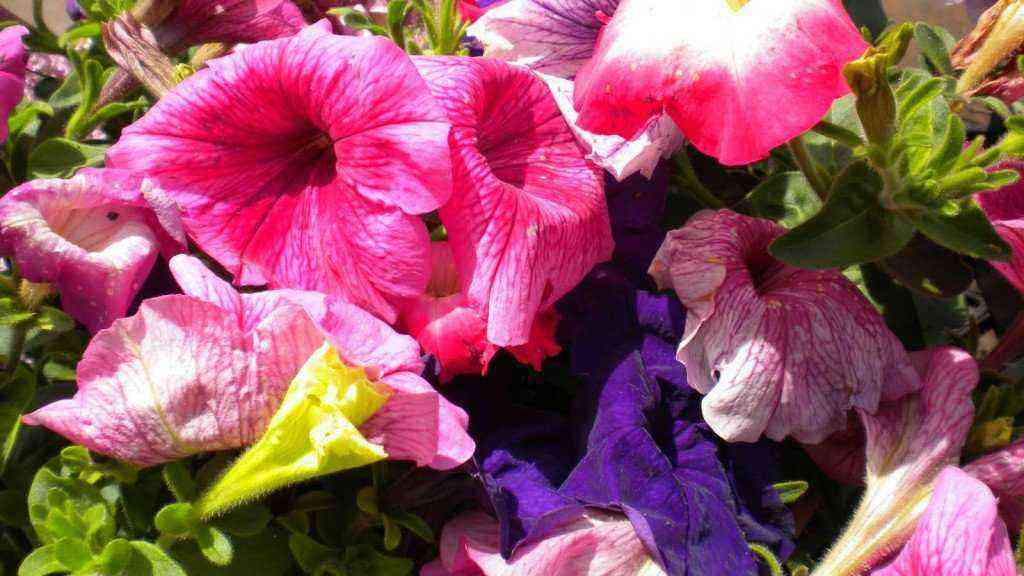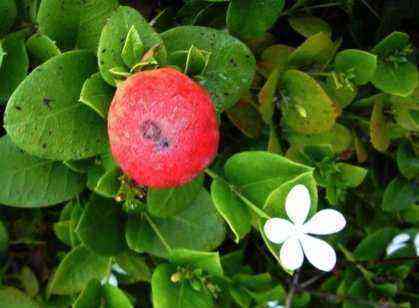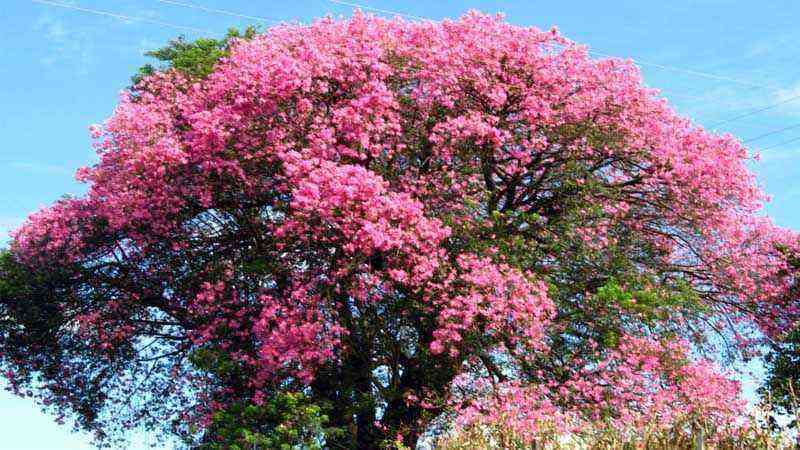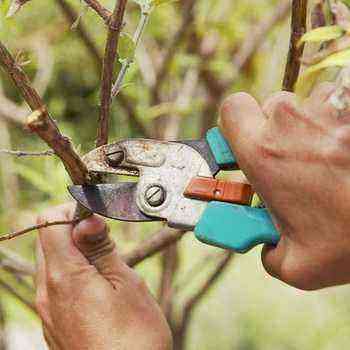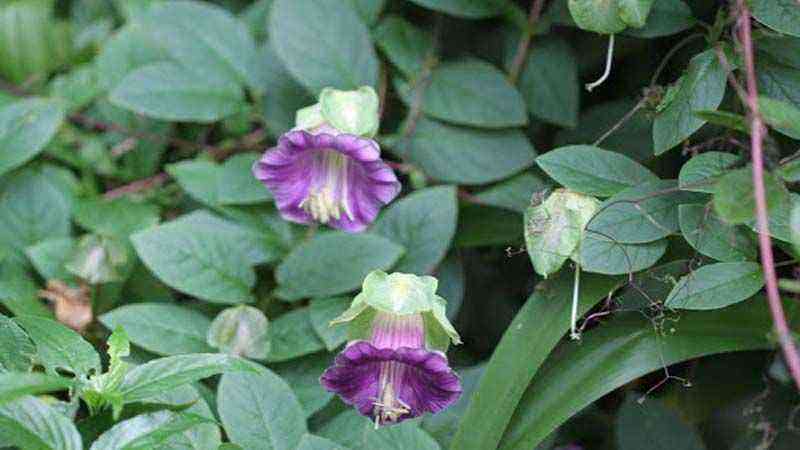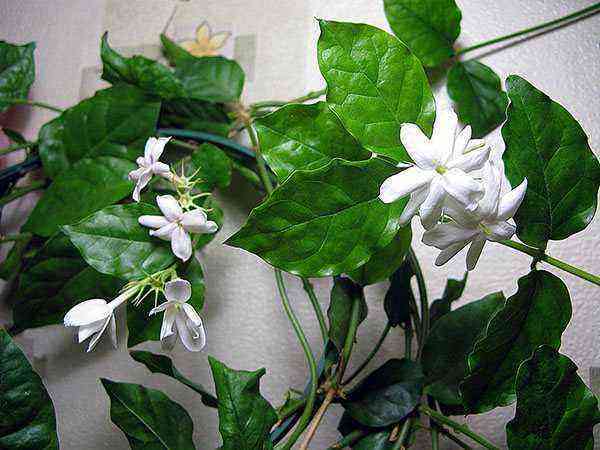Thuja orientalis it is a coniferous tree of the cupresaceae family and native to China. Widely used in gardening, we can find it planted in isolation as an ornamental tree, although it is more frequently used as a hedge or windbreak barrier, since its dense evergreen foliage makes it ideal for this purpose.
Su scientific name es Platycladus orientalis, although popularly it is also known as eastern thuja, tree of life, fan cypress, thuja or yours. The oriental name thuja, comes from the Chinese word thyou, which literally means “tree that produces resin.”
Main characteristics of eastern thuja or thuja orientalis
Eastern yours is a slow-growing shrub. Its crown, more or less conical in shape and ungainly in appearance, is formed by flattened and vertically arranged branches. They are full of leaves of a showy light green color, which can vary in shades of brown during the coldest months of the year, they are fleshy and aromatic, and they are composed of small scales arranged in four pointed and narrow rows with the separated edges of the sprig.
On the underside they have small glands that produce resin, of which essential oils are extracted which are used in the pharmaceutical industry and in the manufacture of perfumes.
El trunk, which in its largest size and only in very old specimens does not reach more than one meter in diameter, is straight and has a thin reddish-brown bark that is covered with small and fine cracks. As the tree ages these cracks enlarge and cause the bark to peel off the tree.
Towards the end of winter, early spring, the thuja orientalis its flowering season begins. Flowers of both genders are produced in the same specimen.
The male, which are shaped like tiny rounded cones and are formed by 4 to 12 scales that surround 2 to 4 pollen sacs of yellowish color, develop at the ends of some of their branches.
The female they form on the lateral edges of the branches in dense groups, but in much less quantity than the male ones. They are composed of some flat and thick scales of a whitish color. In the center they have a small spur and they open in a star shape, showing the ovaries, when they reach maturity.
Once the flowers are fertilized, their scales begin to thicken much more and form the fruit, a small and authentic pineapple that at first is bluish and very fleshy, but as it matures its appearance becomes woody and brown and that is when they open and release the seeds.
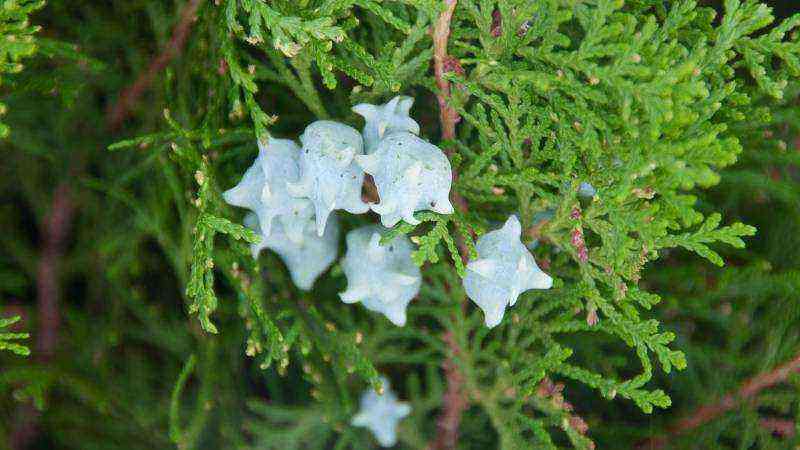

Caring for your oriental thuja (Platycladus orientalis)
Climatology
Despite its Asian origin, thuja orientalis is a tree that adapts well almost anywhere, except in swampy or flooded areas. It is able to withstand frost down to -18 ° C and high temperatures up to 40 ° C.
It is a shrub that needs to be outdoors and does very well in areas in full sun although it can also be partially in the shade. If we plant it in a garden, to avoid problems, it is convenient to place it away from pipes about five meters, since the roots could break them.
Substratum
It is not too demanding in terms of the type of soil if it is planted in the ground, supports limestone and clay soils as long as they are not too dense, although it prefers neutral soils or those with a slightly acid PH and that have good drainage to avoid waterlogging.
If we plant it in a pot we can use a universal growing substrate to which we will add 20% perlite or silica sand for the correct oxygenation of the roots.
Irrigation
Being a resistant plant that does not like waterlogged soils, does not need too much wateringDuring the winter it is enough to water it once a week and in summer every three or four days. However, it is convenient to check the state of the soil because excess moisture could rot the roots.
Fertilizer
With an annual fertilization in addition to the initial one when planting it, based on some specific fertilizer for conifers, we will provide it with all the necessary nutrients for its optimal development.
Pests and diseases of thuja orientalis
There are several insects that can create problems for the Eastern Tuya, some of them are the following:
Borers
El Phloeosinus thuja and Phloeosinus bicolor Although they do not affect young and healthy specimens too much, it can damage the weakest ones because it fills the trunk with small holes, leaving it vulnerable. The best remedy is to cut and burn the branches that are most affected and treat the rest with a fungicide.
Mealybugs
They rob the plant of vigor as they feed on its sap. It is remedied with a specific insecticide for mealybugs or by applying a mixture of neem oil and potassium soap with a sprayer. You have more information about mealybugs.
Spider webs
In the hottest times the Paratetranychus ununguis It feeds on the sap of the leaves and dries them. A good remedy, more natural than pesticides, is to spray the plant with a solution of 9 parts of water to one of alcohol.
Regarding diseases, the most common is fungal affectation, the most common are the Seiridium, Coryneum cardinal, Cercospora thujina y Pestalozzia funeral. The best remedy is to apply a fungicide rich in copper.
Oriental Thuya Multiplication Guide
Eastern yours can be easily reproduce by seeds untreated by sowing them in late winter, although stratification can also be used to help improve germination. To do this we will put the seeds in a container that has a lid wrapped in cotton, kitchen paper or vermiculite moistened in water.
We will keep them in the fridge at about 5 ° C for two months, opening the container from time to time to renew the air. After that time we will be able to sow them.
The other method is by cutting, although it takes a long time to root, selecting a thin branch of about 20 cm. that we will impregnate with some rooting agent in the area of the cut.
